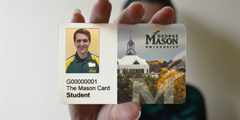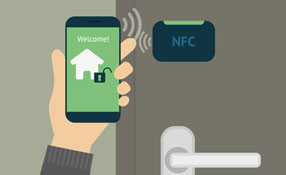Brett St. Pierre

Brett St. Pierre
Director of education solutions, HIDBrett St. Pierre serves as Director of education solutions for HID Global.
News mentions
HID Global's comprehensive “one card” solution enabled the university to migrate their existing card system HID Global®, a worldwide leader in secure identity soluti...
More and more commercial buildings today are replacing mechanical keyed locks with card access systems. The basic reason is familiar to security professionals: card systems, once i...
SIA PASS to develop guidelines for use of electronic security and life safety equipment in schools The Security Industry Association (SIA) is pleased to announce that the Education...






































